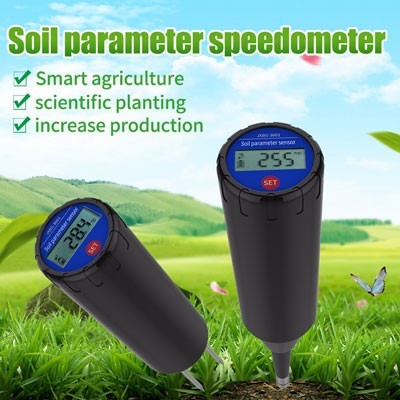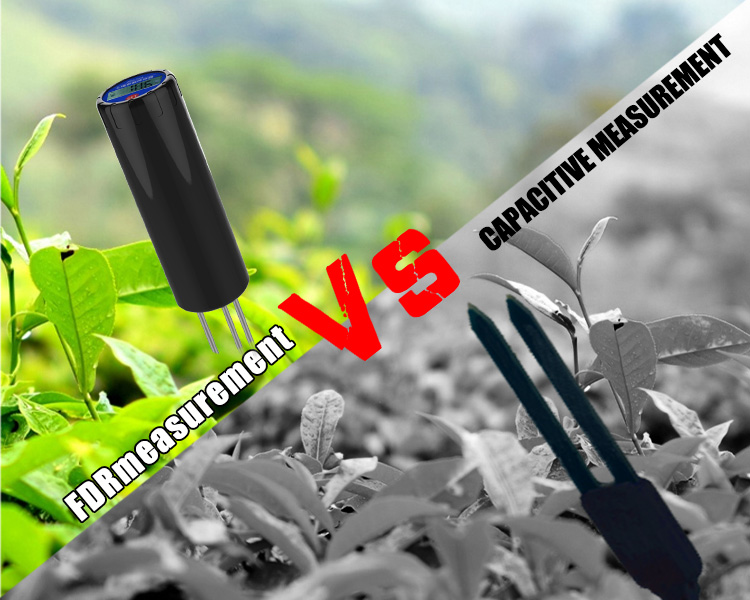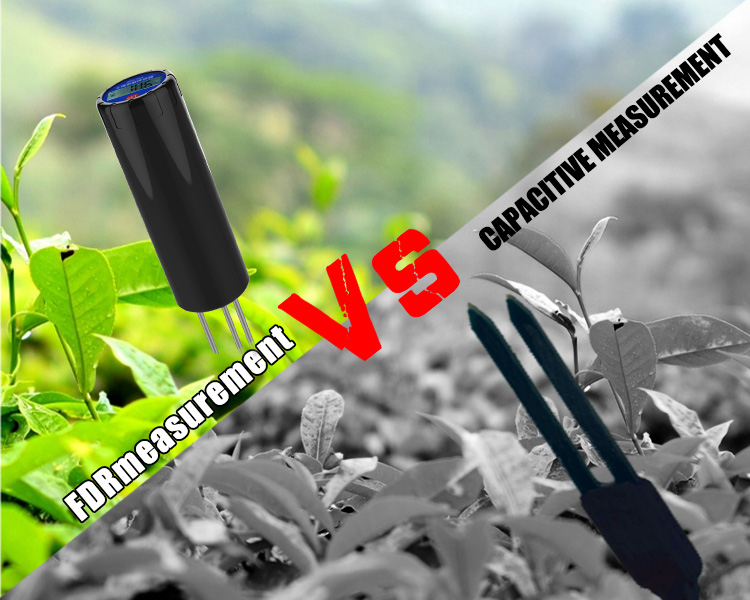In recent years, there has been a growing interest in sustainable agriculture practices that maximize crop production while minimizing resource usage and environmental impact. One significant advancement in this field is the use of soil sensors, coupled with Internet of Things (IoT) technology. Soil sensors can provide real-time data on soil conditions, enabling farmers to optimize crop growth by precisely monitoring and controlling irrigation, fertilization, and overall farm management. This article explores how soil sensors, combined with IoT, revolutionize agriculture and contribute to sustainable farming practices.
The Role of Soil Sensors in Sustainable Farming:
Soil sensors are devices designed to measure essential parameters of the soil, including moisture levels, temperature, pH, and nutrient content. By collecting data on these factors, farmers gain valuable insights into the health and needs of their soil. This information is crucial for making informed decisions regarding irrigation scheduling, fertilization, and pest control, all of which are vital for optimizing crop growth while conserving resources.

Real-Time Data and Precision Agriculture:
One of the key advantages of soil sensors is their ability to provide real-time data. With IoT technology, this data can be transmitted wirelessly to a central hub or directly to the farmer's smartphone or computer. By having access to up-to-date information about soil conditions, farmers can implement precision agriculture techniques. For example, based on the moisture levels detected by the sensors, farmers can precisely schedule irrigation, ensuring that crops receive the optimal amount of water at the right time. This prevents under- or over-watering and minimizes water waste, making farming practices more efficient and sustainable.
Efficient Nutrient Management:
Soil sensors also play a critical role in optimizing nutrient management. By continuously monitoring nutrient levels in the soil, farmers can tailor their fertilization practices to match the specific needs of the crops. This targeted approach ensures that nutrients are applied in the right amount and at the right time, reducing waste and nutrient runoff into water bodies. By optimizing nutrient availability, farmers can enhance crop health, minimize nutrient deficiencies or excesses, and improve overall productivity.
Early Detection of Soil Issues:
With soil sensors providing real-time data, farmers can quickly identify and address any soil issues or imbalances. For example, by monitoring pH levels, farmers can detect and correct soil acidity or alkalinity, which can directly impact plant growth. Similarly, the sensors can detect variations in temperature, helping farmers adjust their planting schedules or implement measures to protect crops from frost damage. By addressing such issues promptly, farmers can prevent yield losses and optimize crop growth.

Pest and Disease Management:
Soil sensors can also aid in pest and disease management. Certain pests and pathogens thrive under specific soil conditions, such as high moisture or alkaline pH. By monitoring these parameters, farmers can identify potential risk factors that may contribute to pest or disease outbreaks. With real-time data from soil sensors, farmers can take proactive measures to prevent infestations or apply appropriate treatments at the early stages. This reduces the reliance on chemical pesticides, promotes natural ecological balances, and minimizes the environmental impact associated with pest control.
Environmental Sustainability:
The integration of soil sensors and IoT technology in agriculture has significant environmental benefits. By providing precise information about soil moisture levels, these sensors help farmers optimize irrigation practices, minimizing water wastage. This conservation of water resources is crucial, especially in regions facing water scarcity or drought conditions. Additionally, efficient nutrient management facilitated by soil sensors minimizes the leaching of fertilizers into groundwater or water bodies, thus protecting water quality. Moreover, by facilitating proactive pest and disease management, the sensors reduce the need for excessive pesticide applications, leading to a healthier ecosystem and decreased environmental impact.
Challenges and Future Directions:
Despite the numerous benefits, the widespread adoption of soil sensors and IoT technology in farming faces some challenges. Initial setup costs, maintenance, and calibration of sensors can be significant barriers for small-scale farmers with limited resources. Additionally, ensuring data accuracy and reliability across different soil types and environmental conditions remains a challenge.







